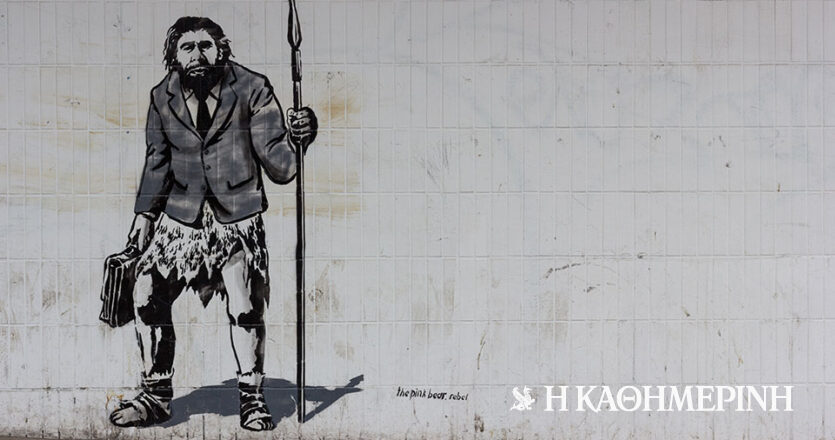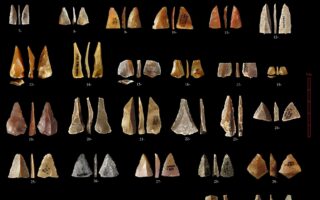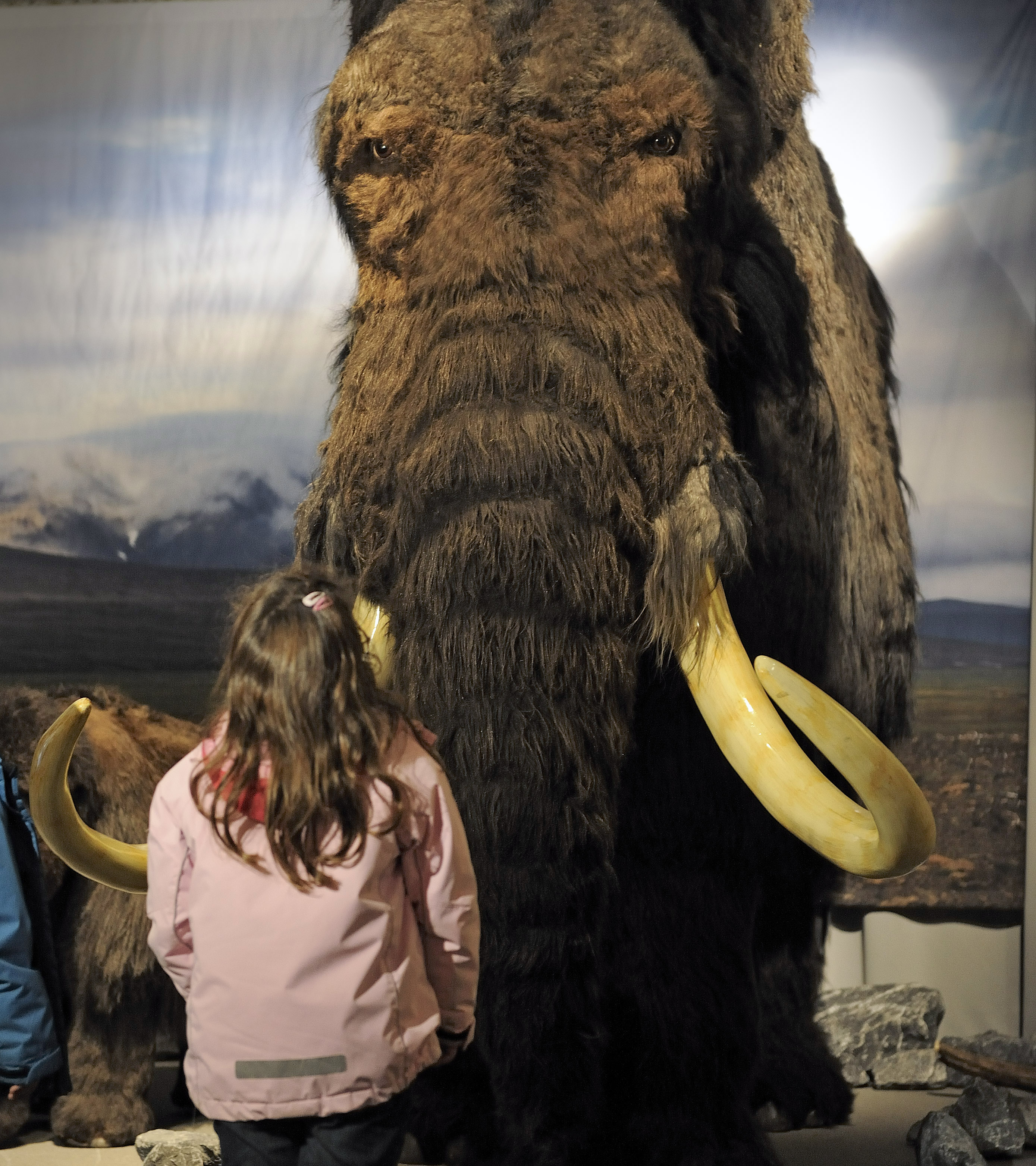
Pop culture often portrays Neanderthals as a misrepresentation of cavemen, as “inferior” creatures whose nomadic lifestyle contributed to their extinction. But the picture we have of extinct “relatives” is beginning to change, as more and more research shows that Neanderthals resembled our own kind in many aspects of life.
They were able to transform the landscape around them with the help of fire, were highly skilled hunters, and worked together in much larger groups than paleoanthropologists had previously thought.
Recent reassessments of fossil and archaeological data have helped paint a new picture of a “fully capable” Neanderthal, says Rebecca Sykes, an archaeologist and research fellow at the University of Liverpool.
The Neanderthal species was discovered about 150 years ago and even today scientists have shed light on it Bones and teeth of more than 400 Neanderthals (Their scientific name is Homo neanderthalensis).
These fossils reveal a shorter species, with robust chests and limbs. They had longer skulls and prominent cheekbones. “The evidence is piling up, Neanderthals were anatomically very different from us. But when we look at the behavioral evidence, the picture is somewhat opposite,” says Chris Stringer, research lead in Origins of Human Species at London’s Natural History Museum.
Studies indicate that Neanderthals used fire for cooking and making tools for cutting meat and breaking stones, they built structures and made jewelry. They would swim and dive for shells, which they used as tools or for beads. Birch leaves were processed to produce tar. They decorated and carved the bones. Dr. adds. stringer.

Scientists have also discovered that Neanderthals buried their dead in the same way—at the Shanidar site in Iran, fossilized pollen indicates that flowers may have been left in burials, too. They cared for their patients, their afflictions, and intertwined the fibers and made threads that they could use to make nets, rugs, baskets, or cloth.

Genetic evidence and fossils show that Neanderthals thrived throughout Europe and western Asia from 400,000 BC to 38,000 BC. They lived in climates that ranged from the weather extremes of the Ice Age, to the intervening temperate periods, when the weather was similar to that of the present-day Northern Hemisphere.
d said Sykes. “And the Neanderthal social structure itself may have changed in response to the different opportunities and challenges that arose in different environments and climates.”
“Barbecue” with crab
Research indicates that Neanderthals ate plants, but they were smart and capable enough to hunt on land and not just game. A study in February showed how Neanderthals living in the Iberian Peninsula ate crabs, which they carried into their caves to roast over a fire, before cracking open and devouring the flesh.
“In order to catch them, they had to know the tides and the behavior of the crab,” Sykes says. This indicates abstract thinking and planning, he adds, “It shows that they understood the environment in which they lived.”
Our species’ “cousins” also eat turtles, rabbits, birds, fish and shellfish, says d. Mariana Nabi, archaeologist at the Catalan Institute of Paleoanthropological Ecology.
Another recent study, published in the journal Science Advances, indicates that Neanderthals hunted and butchered elephants during the Ice Age. The research, which is based on 125,000-year-old fossils found at Neumark-Nord in Germany, suggests that Neanderthals may have gathered there, on occasion, in larger-than-expected meat-eating groups.
The study authors examined thousands of tusks, teeth and bones from about 60 elephants that “suggest” that the Neanderthals who gathered at Neumark-Nord separated the meat from the bones using tools and then may have cooked the meat. An elephant weighing 11 tons could feed 25 people for three months, 100 people for a month, or 350 people for a week, the researchers calculated.
d said Sabine Godzinski Windhäuser, co-author of the study and zooarchaeologist at the Research Center for Archeology and Museum Monrebau in Germany.
“They have always been seen as very different from us,” says Brianna Pobeiner, a Smithsonian paleontologist. “Sometimes it’s a little annoying when scientists say, ‘Actually, Neanderthals could do that too. this“…So the question is: Why are we here when they are not?”
Homo sapiens and Neanderthals evolved largely separately, in Africa and Eurasia for hundreds of thousands of years. However, within 20,000 years of the two species first interbreeding in Europe and western Asia, Neanderthals became extinct.
Source: Wall Street Journal
⇒ News of the day
follow her kathimerini.gr on Google News And be the first to know all the news
Find out the latest news from Greece and the world on kathimerini.gr

“Avid problem solver. Extreme social media junkie. Beer buff. Coffee guru. Internet geek. Travel ninja.”





More Stories
In Greece Porsche 911 50th Anniversary – How much does it cost?
PS Plus: With a free Harry Potter game, the new season begins on the service
Sony set to unveil PS5 Pro before holiday season – Playstation